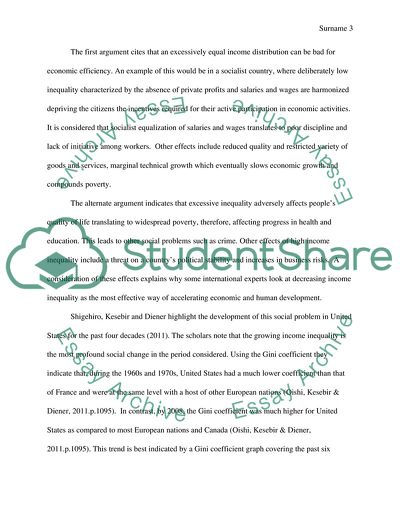Cite this document
(Many authors and commentators argue that income inequality is among Essay - 1, n.d.)
Many authors and commentators argue that income inequality is among Essay - 1. https://studentshare.org/macro-microeconomics/1796506-many-authors-and-commentators-argue-that-income-inequality-is-among-the-most-pressing-current-problems-of-our-era-the-received-wisdom-is-that-inequality-has-significantly-increased-on-both-sides-of-the-atlantic-in-recent-decades-in-view-of-this-trend-c
Many authors and commentators argue that income inequality is among Essay - 1. https://studentshare.org/macro-microeconomics/1796506-many-authors-and-commentators-argue-that-income-inequality-is-among-the-most-pressing-current-problems-of-our-era-the-received-wisdom-is-that-inequality-has-significantly-increased-on-both-sides-of-the-atlantic-in-recent-decades-in-view-of-this-trend-c
(Many Authors and Commentators Argue That Income Inequality Is Among Essay - 1)
Many Authors and Commentators Argue That Income Inequality Is Among Essay - 1. https://studentshare.org/macro-microeconomics/1796506-many-authors-and-commentators-argue-that-income-inequality-is-among-the-most-pressing-current-problems-of-our-era-the-received-wisdom-is-that-inequality-has-significantly-increased-on-both-sides-of-the-atlantic-in-recent-decades-in-view-of-this-trend-c.
Many Authors and Commentators Argue That Income Inequality Is Among Essay - 1. https://studentshare.org/macro-microeconomics/1796506-many-authors-and-commentators-argue-that-income-inequality-is-among-the-most-pressing-current-problems-of-our-era-the-received-wisdom-is-that-inequality-has-significantly-increased-on-both-sides-of-the-atlantic-in-recent-decades-in-view-of-this-trend-c.
“Many Authors and Commentators Argue That Income Inequality Is Among Essay - 1”. https://studentshare.org/macro-microeconomics/1796506-many-authors-and-commentators-argue-that-income-inequality-is-among-the-most-pressing-current-problems-of-our-era-the-received-wisdom-is-that-inequality-has-significantly-increased-on-both-sides-of-the-atlantic-in-recent-decades-in-view-of-this-trend-c.


